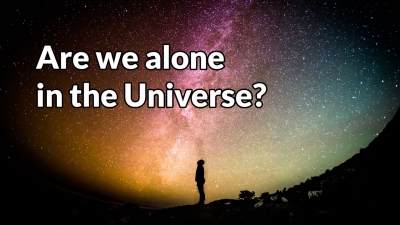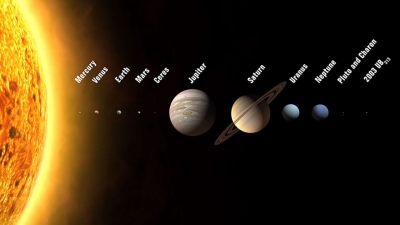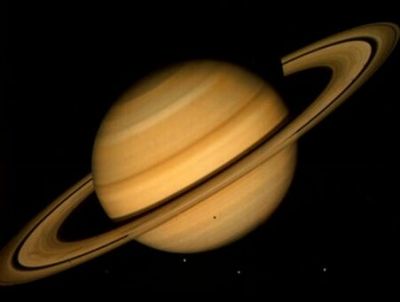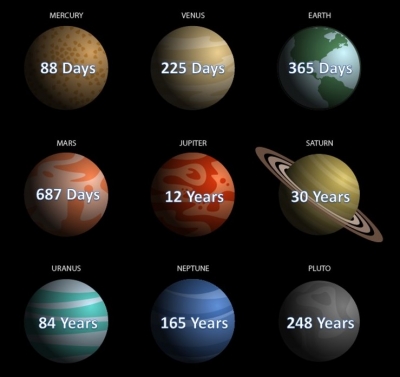
It is one of the great unanswered questions. Some scientists think it is very likely that the Universe is full of life. Their motto is “follow the water”, as they believe the best place to find life will be where there is liquid water. Within our own Solar System there are several places of interest to these scientists.
Candidates for life
Although finding intelligent life, like us, in our own Solar System is unlikely, there are words that may be home to simple forms of life. Scientists are interested in these places because they have conditions that might be suitable for life to exist.
Europa
Scientists believe that there is a liquid water ocean under the thick frozen surface of Jupiter’s moon, Europa. Life has been found at the deepest, darkest parts of Earth’s oceans, and scientists think the same thing might be possible on Europa.
Mars
Mars is of interest to scientists because of the recent discovery of flowing water on its surface. It is possible that life may have existed on the planet in the past, or that some form of life may still exist today.
Enceladus
Enceladus is a moon that orbits around Saturn. It has a frozen surface and scientists think there is liquid water underneath. The Cassini spacecraft has been flying through geysers of frozen water that erupt from the surface, and analyzing it to see if it could harbor life.
Titan
Titan is Saturn’s largest moon. It has a thick atmosphere and seas made of liquid gas. Titan is very interesting may be similar to that of the early Earth – before life emerged on our planet.
SETI Institute
SETI stands for “Search for Extra Terrestrial Intelligence”. The SETI Institute, based in California, USA, is looking for evidence of life in the Solar System and the wider Universe. SETI scientists try to find places that may have the ingredients needed for life and also listen out for possible signals that may have come from aliens. SETI believe our first contact with intelligent life in the Universe may even be with robots built by alien civilizations!
Picture Credit : Google






